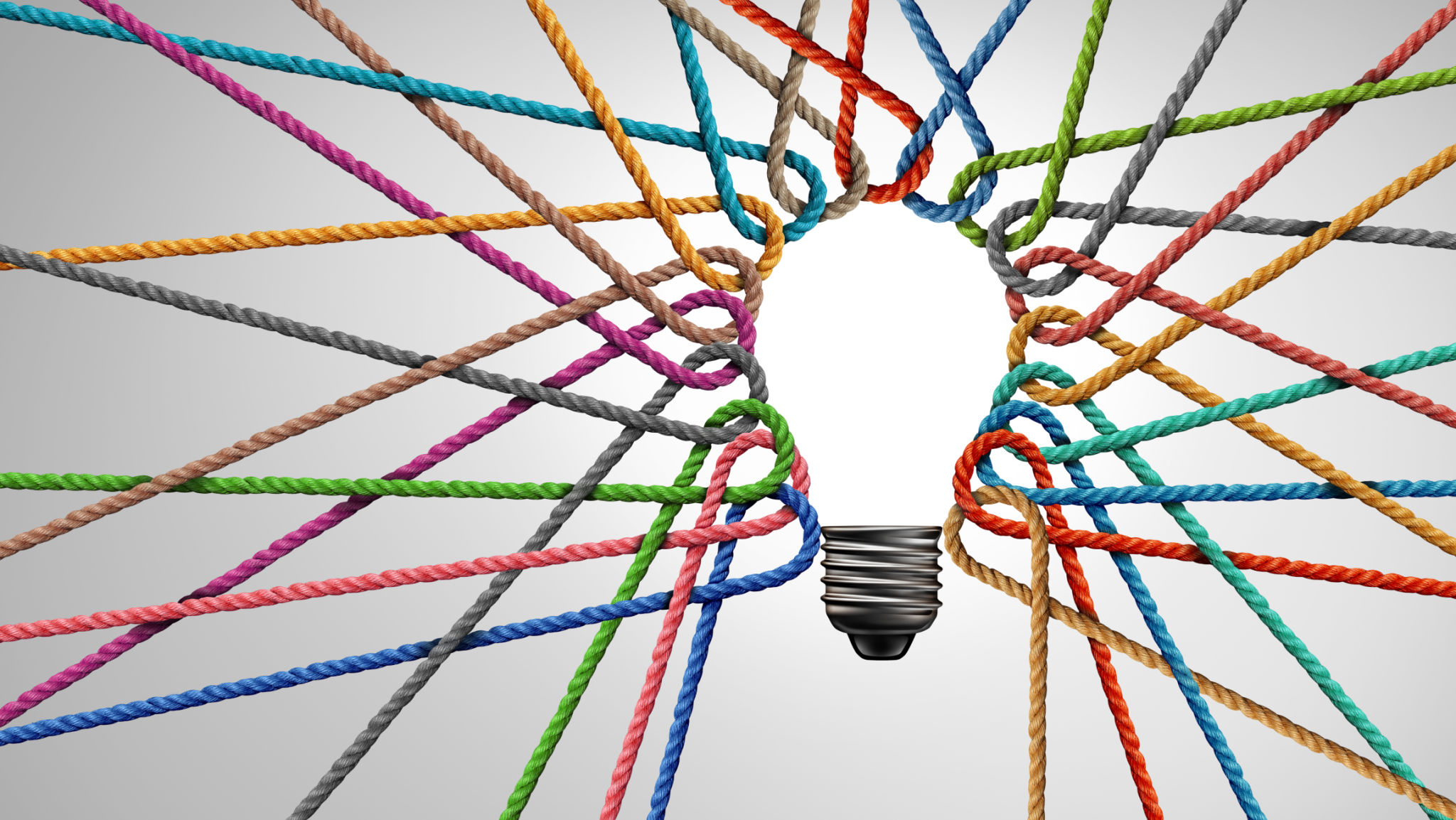From Concept to Creation: The Process of Developing Custom 3D Models
Understanding the Importance of Custom 3D Models
Custom 3D models are a critical component in various industries, including gaming, architecture, and product design. These bespoke creations allow for a greater degree of precision and creativity, enabling businesses to turn their unique visions into reality. Whether it's a complex architectural structure or a new character for a video game, custom 3D models provide the flexibility and detail required to stand out.
The process of creating a custom 3D model is intricate and demands a combination of technical skill and artistic vision. It is not just about having the right tools but also about understanding the client's needs and translating them into a visual form.

Initial Conceptualization
The journey from concept to creation begins with an idea. This initial phase involves brainstorming and gathering all necessary information to understand the project's scope. It is crucial to ask the right questions: What is the purpose of the model? Who is the target audience? What are the technical requirements?
After gathering these insights, designers typically create sketches or rough drafts to visualize the concept. These preliminary designs serve as a foundation for more detailed work and help in identifying potential challenges early in the process.
Collaborative Efforts
Collaboration is key during the conceptualization phase. Designers often work closely with clients to ensure that all ideas are aligned with the brand’s vision and goals. This partnership allows for real-time feedback and adjustments, ensuring that the final product meets or exceeds expectations.

Modeling and Design
The next step involves transforming initial sketches into digital formats using specialized 3D modeling software. This phase requires a keen eye for detail as designers sculpt, shape, and refine the model to match the conceptual drafts.
During this stage, designers employ various techniques such as polygonal modeling, sculpting, and texturing to add depth and realism to the model. The choice of technique often depends on the complexity and purpose of the model.
Iterative Refinement
Creating custom 3D models is an iterative process. Designers frequently revisit their models, making adjustments based on feedback from clients and peers. This continuous loop of creation and feedback ensures that the model evolves into its best possible version.

Finalizing and Rendering
Once the 3D model is complete, it undergoes rendering, a process that transforms it into high-quality images or animations. This step is crucial for showcasing the model in its intended final form, whether for promotional materials or integration into larger projects.
Rendering involves adjusting lighting, textures, and other effects to ensure that the model appears as realistic as possible. The outcome is a polished product that captures every detail envisioned during the conceptual phase.
Quality Assurance
The final step before delivery involves thorough testing and quality assurance. Designers meticulously review every aspect of the model to ensure it meets all specified requirements and performs seamlessly in its intended environment.
This comprehensive review guarantees that clients receive a product that not only meets their expectations but also enhances their projects with exceptional visual quality.